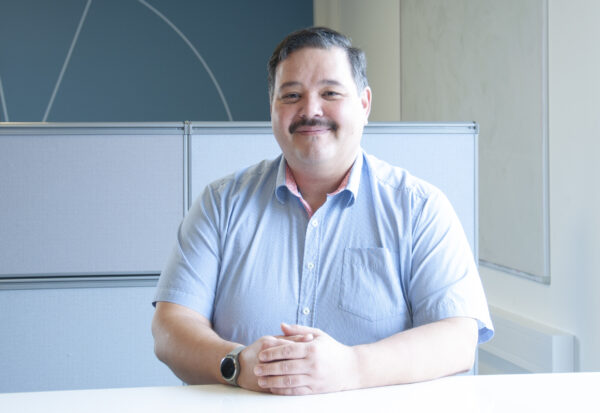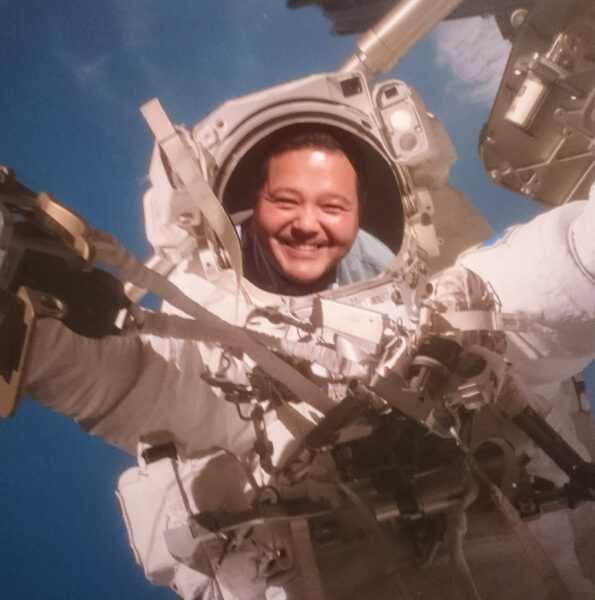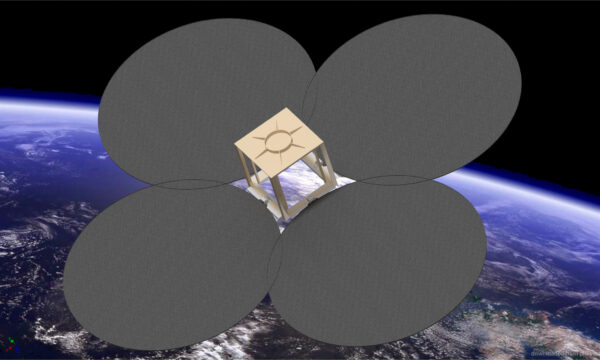
Jan has experience from space, but is still completely down to earth
Jan Ánike Nikolajsen has researched drag sails for satellites and worked as a fitter for Maersk Drilling Norway in the North Sea. Combined with his education as a civil engineer, it provides unique prerequisites for the development of realistic and valuable simulations and calculations for FRECON’s customers.
Since February, Jan has been employed as a Lead Design Engineer in Esbjerg, and FRECON is thrilled to welcome a new profile with professional strength: Trained automation mechanic, experienced fitter for hydraulic systems, researcher within advanced simulation in wind turbines, and Ph.D. fellow within self-deployable drag sails for satellites.

Extraordinary professional profile provides unique opportunities
Jan’s professional breadth combined with his deep-rooted specialization is a significant factor in providing valuable and successful solutions for FRECON’s customers.
“It’s always pleasing to reach your project goals. For me, this applies to working with a hydraulic system in the wind on the North Sea, when succeeding with decelerating a satellite in space (Lower Earth Orbit), or when designing a very realistic simulation in ANSYS (analysis and calculation program), which answers a customer’s problem or request,” says Jan.

Jan Ánike Nikolajsen has as a Ph.D. student researched within the field of drag sails for satellites in space.
Advanced and realistic simulation
In any case, Jan works with well-thought-out assumptions in each simulation.
“The more realistic simulations, the faster and better – and usable – results. In working with deceleration of satellites, we also work with assumptions, which are based on many years of research and experience of how materials and mechanisms behave in space. The whole purpose of removing obsolete satellites from orbiting around earth is that they pose an increasing risk of collisions for e.g. spacecrafts. By slowing down an obsolete satellite, it can be drawn into the earth’s atmosphere, where it will burn up,” says Jan.

Self-deployable sails slow down satellites in space and draw them into the earth’s atmosphere in order to remove them as collisions risks for e.g. space aircrafts.
Valuable transformation of knowledge
For Jan, the wide range of experiences gained in space, at sea and with wind turbines are essential parts of being able to provide the best for FRECON’s customers.
”I’m not nervous about jumping into something new. I have done this many times before, and it generates great value in transferring experiences from one area to another – also to simulation and calculation in ANSYS,” says Jan. “I have experienced great benefits in the collaboration with both customers and colleagues at FRECON.”

Jan has experience as fitter in Maersk Drilling Norway and is also a trained automation mechanic.

